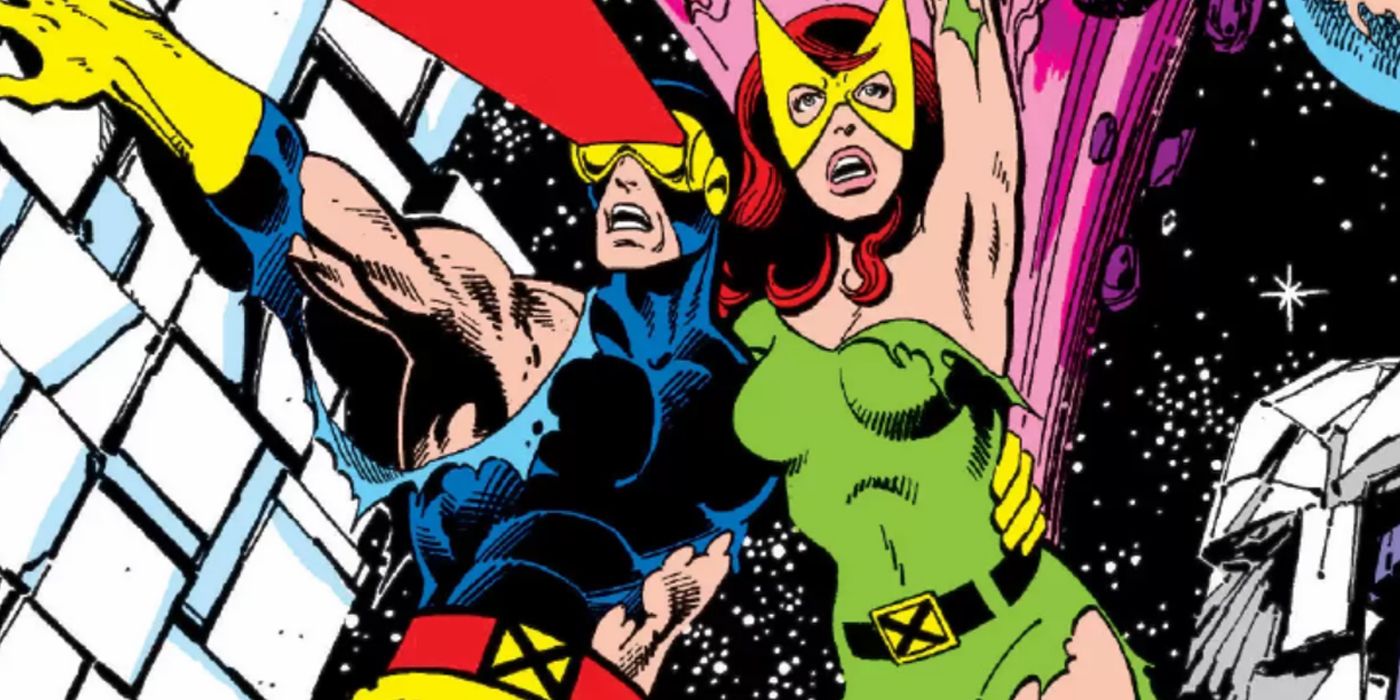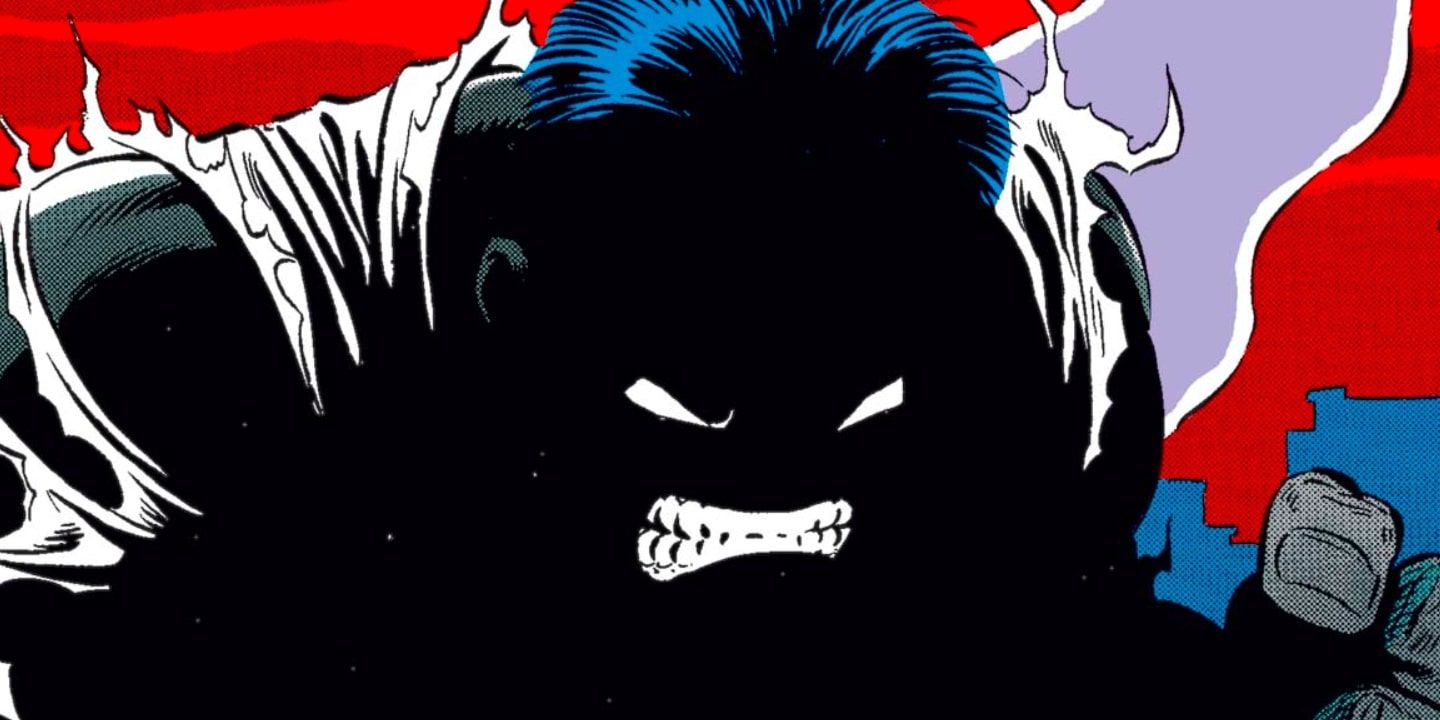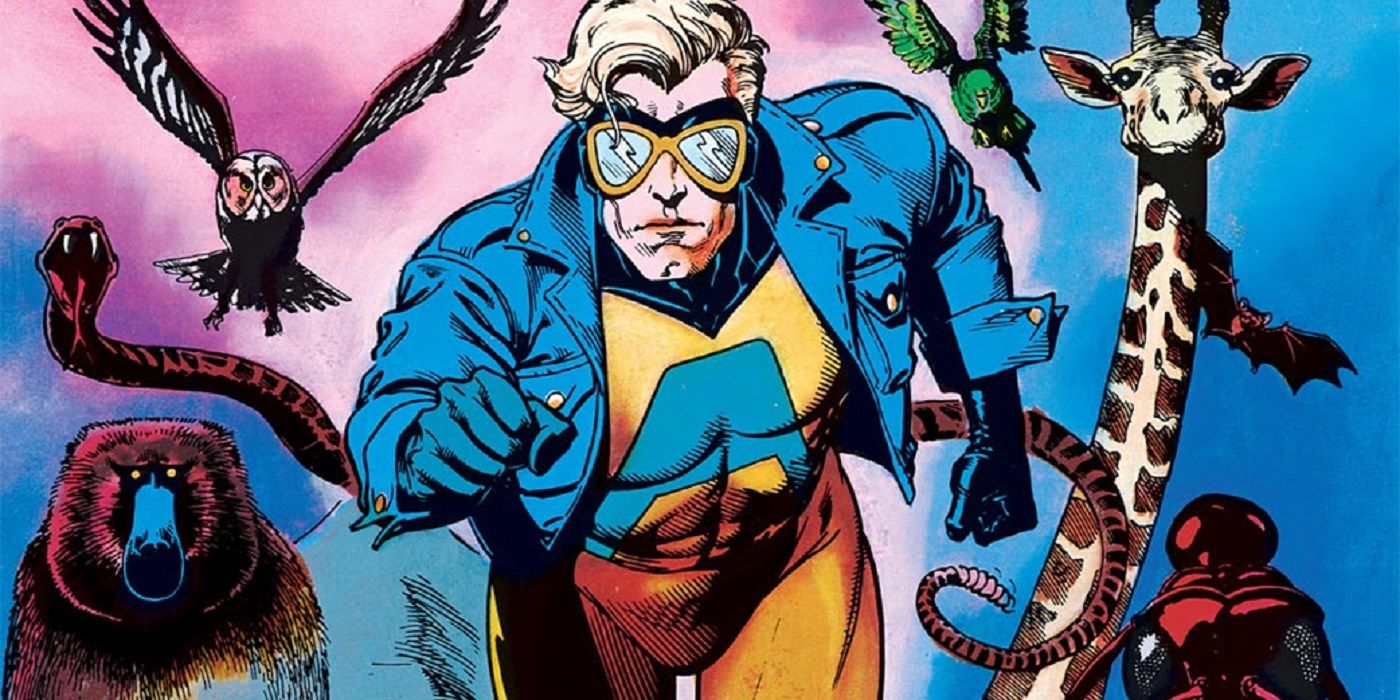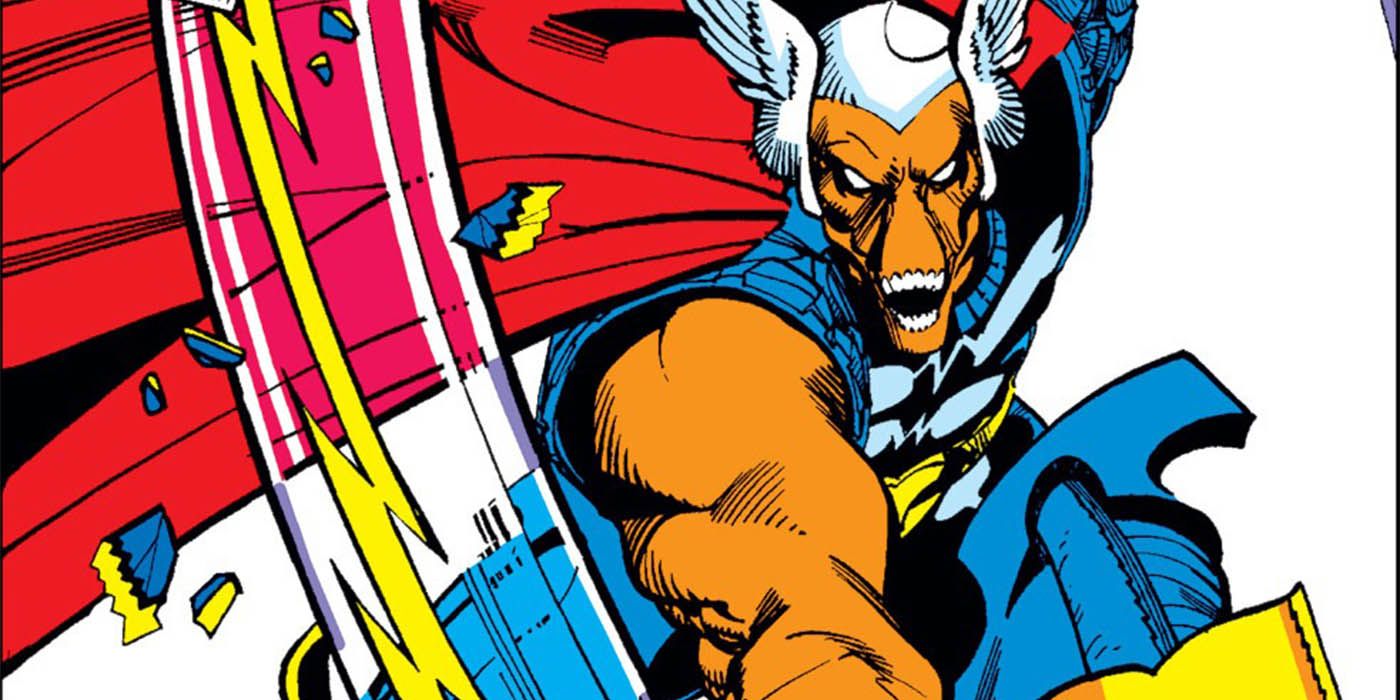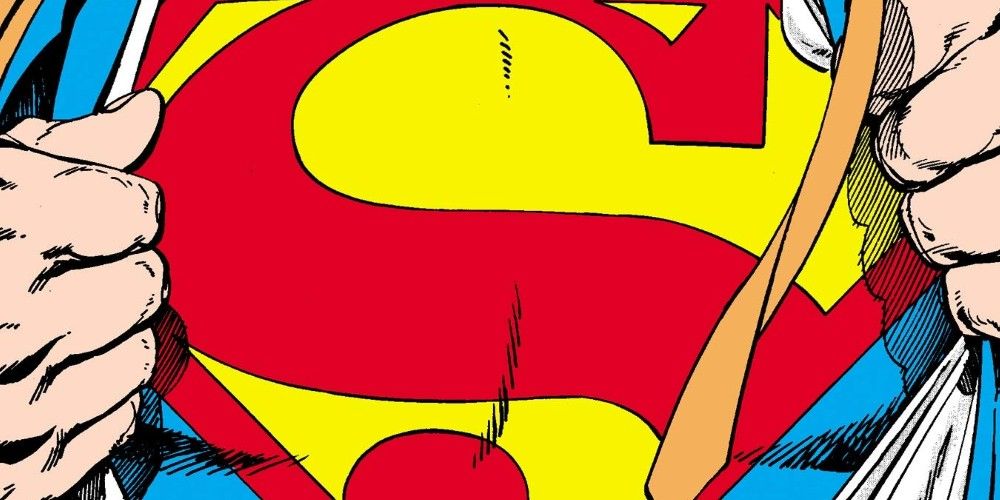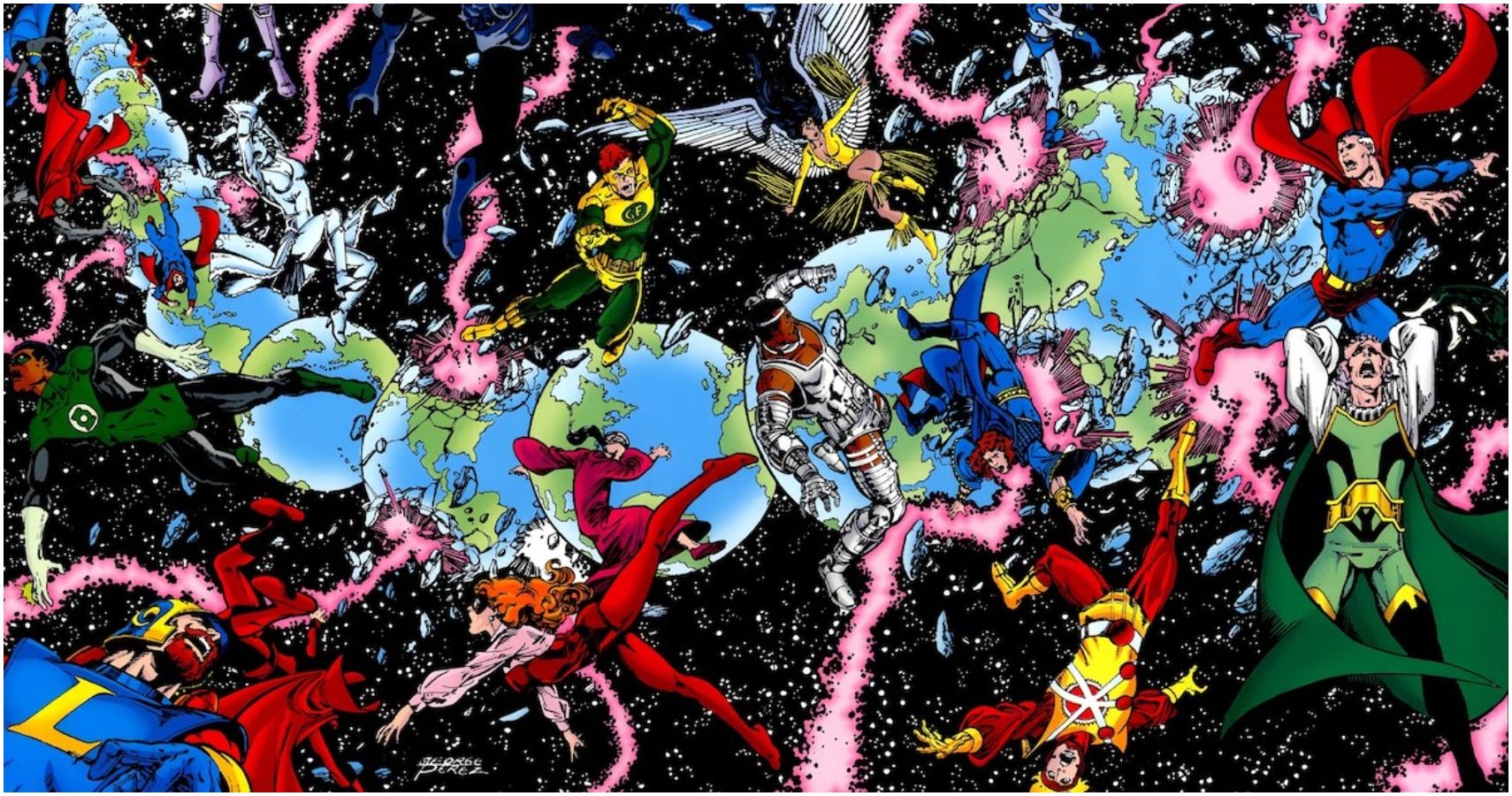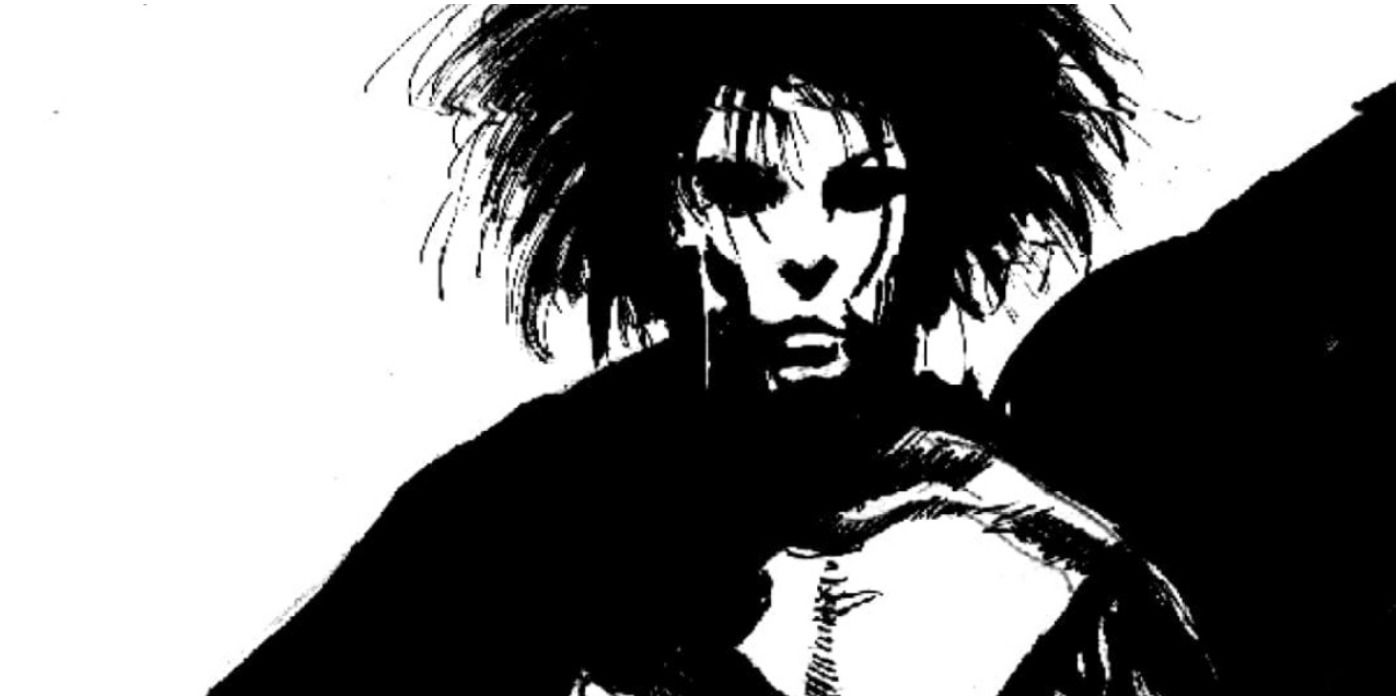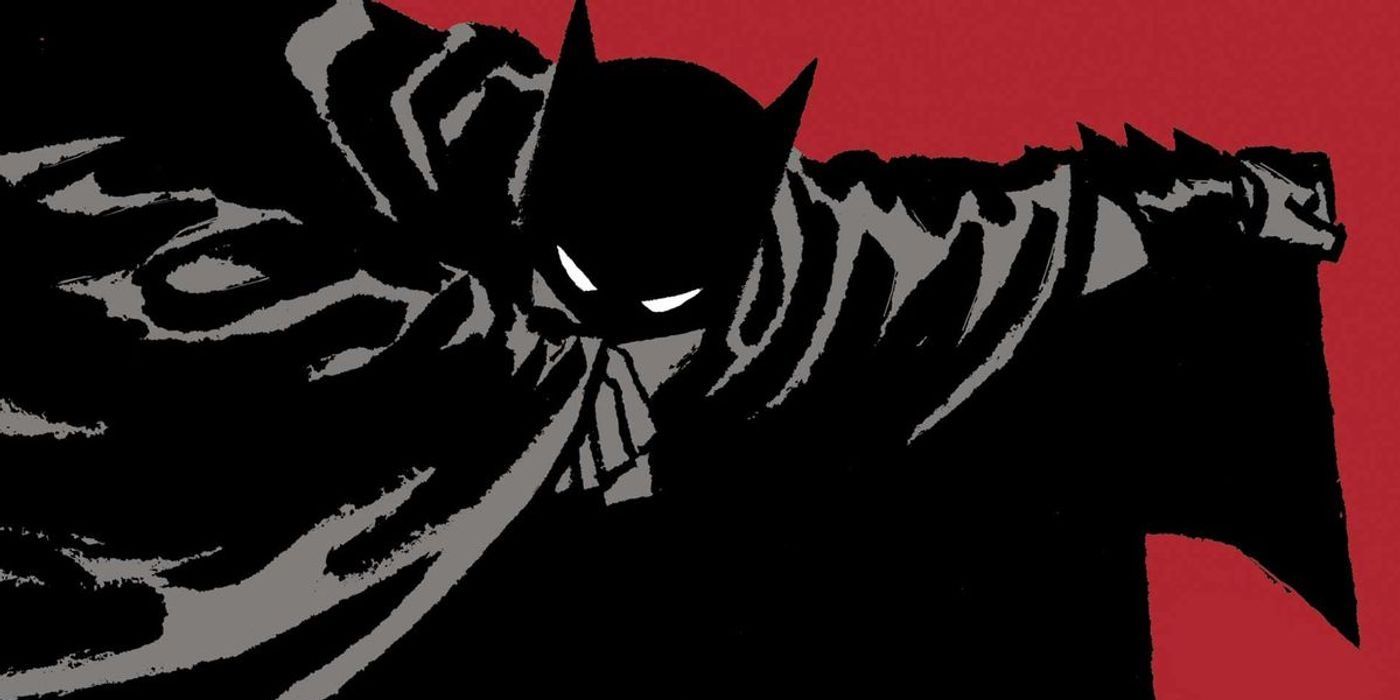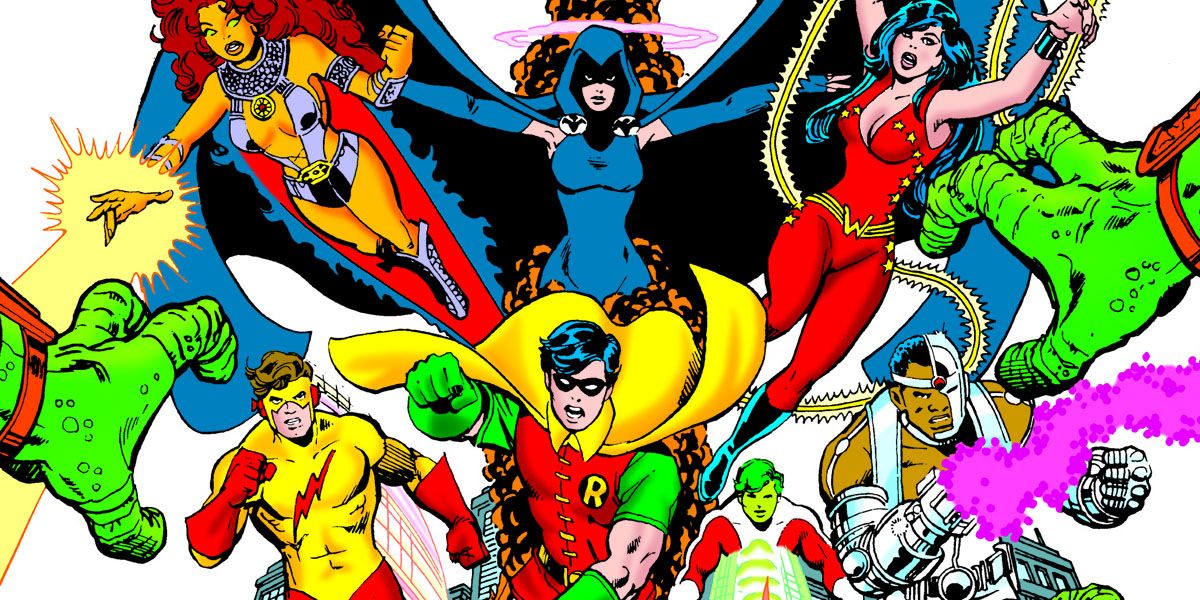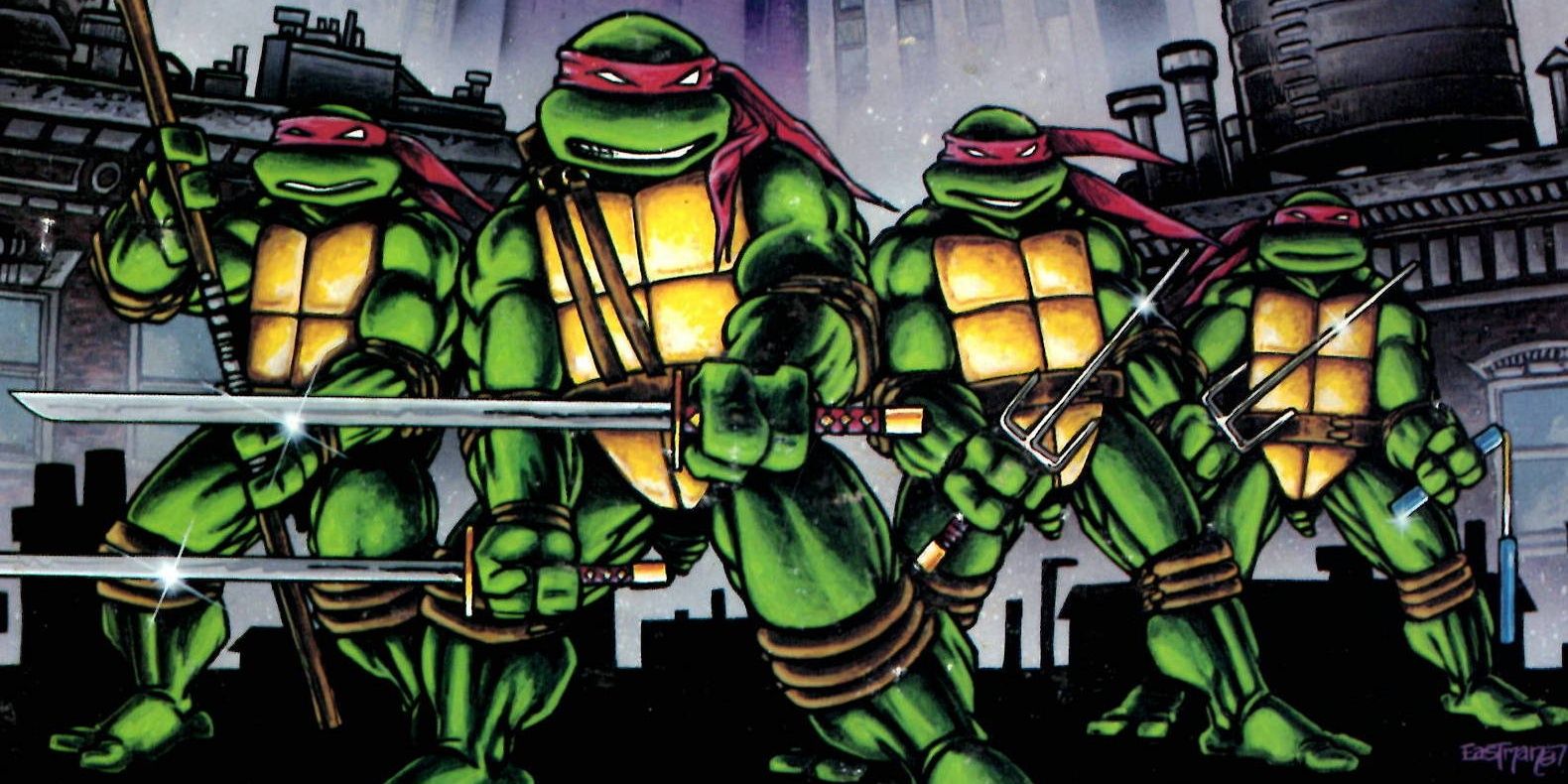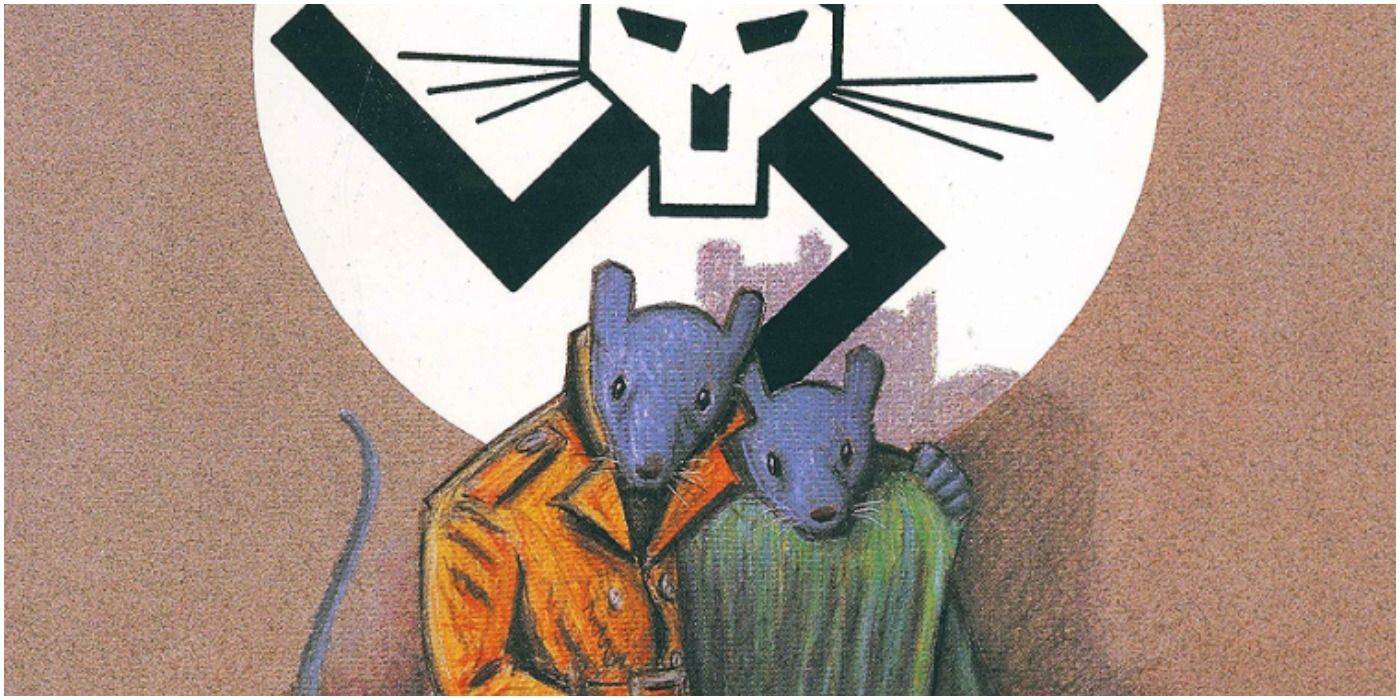The 1980s changed comics forever. After years of being dismissed by the public at large as solely for children, the medium produced two works of graphic literature that threw out those notions entirely: Watchmen and The Dark Knight Returns. The two series forever transformed the comics landscape, influencing both industry and the world in ways that can be seen to this day.
However, they were far from the only influential works of the '80s. The decade in general was filled with works that influenced generations of future comics creators, became entrenched in the wider cultural zeitgeist— or in some cases, even both.
11 Bill Mantlo's And Peter David's Incredible Hulk Comics Explored More Of The Character's Psychological Trauma
Many Hulk stories focus on the “how” of the Hulk. Two writers, however, were more interested in the “why.” First was Bill Mantlo, whose Incredible Hulk #312 explained how Bruce Banner’s abusive childhood had affected his psyche.
Then came Peter David, who used Mantlo’s work to turn his own run into a sprawling psychological exploration of the Hulk and Banner, even using it to explain why the Hulk had been gray skinned and more verbose in earlier stories. Mantlo’s and David’s study of the character’s psyche set a new template for Hulk stories, making Banner and the Hulk’s contentious relationship more important than ever.
10 Grant Morrison's Animal Man Revamp Introduced American Readers To Morrison's Influential Writing Style
In 1988, Grant Morrison began their long association with DC Comics by revamping Buddy Baker, a.k.a. Animal Man. Morrison’s early issues focused on Buddy as an everyman hero and animal rights activist, but the series soon evolved into a treatise on how fictional characters interact with their authors.
Animal Man was Morrison’s first series for a U.S. publisher, introducing many North Americans to the author’s writing style for the first time. Many of Morrison’s signature traits, including the use of real science, obscure Silver Age characters, the fourth wall, and overarching narratives can be found in Buddy Baker’s adventures, and have been emulated by countless writers since.
9 Walt Simonson's The Mighty Thor Comics Renewed The Focus On Norse Mythology & Introduced Fan Favorite Beta Ray Bill
Despite its mythological inspirations, Thor wouldn’t always delve so much into the Norse legends, often pitting the Thunder God against Marvel’s cosmic beings and strongmen. Walt Simonson, who had drawn the series in the past, came back onboard as artist and writer, bringing renewed focus on Thor’s mythical side.
He also introduced numerous innovations to the series, such as proving through the character Beta Ray Bill that one doesn’t have to be Thor or Norse to be worthy of Mjolnir. Bill was one of many fan-favorite elements Simonson introduced, along with Surtur’s sword, Twilight, and major villain Dark Elf Malekith.
8 Chris Claremont's Legendary X-Men Run Peaks With The Dark Phoenix Saga & Days Of Future Past
Chris Claremont’s trailblazing run on X-Men began in the 1970s, but reached its zenith in the '80s. The beginning of the decade saw the conclusion of “The Dark Phoenix Saga” and “Days of Future Past,” widely considered two of the greatest X-Men stories in history.
Though Claremont’s major collaborator, John Byrne, left the series shortly thereafter, Claremont continued producing genre-defining work, expanding the X-Line while crafting classic stories that continue to be revisited to this day. Claremont also created many X-Men characters who remain major players in the Marvel Universe, and both his writing style and approach to character building are oft-imitated.
7 John Byrne's Man Of Steel Miniseries Introduced The Modern Version Of Superman That Most Future Iterations Have Been Built Upon
To paraphrase Gordon B. Hinckley, you can’t build a great building without a strong foundation. For Superman, John Byrne’s 1986 The Man of Steel miniseries was that foundation, reinventing the character for the modern era.
What’s truly amazing about the Man of Steel is its longevity. While Superman’s origin was rebooted twice afterward in Superman: Birthright and Superman: Secret Origin, Superman has essentially remained the John Byrne version of the character, and was even reincorporated into the main DCU shortly before DC Rebirth. Furthermore, several innovations from MOS, including a scaled-back power set and more prickly friendship with Batman, remain intact.
6 Crisis On Infinite Earths Set A New Status Quo For DC Canon That Remained Largely Intact For 20 Years
Before 1985, DC Comics readers were already used to “Crisis” stories that featured heroes and villains from different universes coming together to team up or fight. What they had never seen, however, was a crossover involving DC’s entire multiverse. For 12 shocking issues, worlds were destroyed while fan-favorite heroes made the ultimate sacrifice, including iconic characters like Supergirl and the Flash.
In the final issues of Crisis on Infinite Earths, the multiverse was reborn as a single universe, which remained the status quo for 20 years. Furthermore, Crisis has inspired several sequels and imitators, including Zero Hour, Infinite Crisis and Flashpoint.
5 Neil Gaiman's The Sandman Launched, Suggesting A New Adult-Oriented Focus For DC
Though the majority of Neil Gaiman’s trailblazing series was published in the '90s, The Sandman actually got its start near the end of of the 1980s. The series followed the exploits of Morpheus, the Lord of Dreams, depicting his life before and after his decades-long imprisonment. Though set in the DC Universe, The Sandman became more self-contained as the series continued.
Gaiman’s series was one of the earliest DC ongoings catered to adult readers, and quickly became Vertigo’s signature title when brought into the imprint in 1993. It is often seen as a “gateway” comic series, especially for female readers.
4 Batman: Year One Continues To Serve As A Major Reference Point For Modern Batman Stories And Characters
Shortly after he “ended” Batman’s crusade in The Dark Knight Returns, Frank Miller rebuilt the character from the ground up in Batman: Year One, which retold Bruce Wayne’s first days as the Caped Crusader.
Year One is generally given the same acclaim as The Dark Knight Returns and is viewed by some as the better of the two works. Because Year One was strictly in continuity, writers have constantly referred to and followed up on the story over the years. Its biggest legacy may be its depiction of Jim Gordon, fleshing the character out into the compelling, relatable presence he is today.
3 The New Teen Titans Reinvented The Way Teenagers Were Portrayed In Comics & Continues To Be The Basis For Adaptations Of The Team
When Marv Wolfman and George Pérez launched The New Teen Titans in 1980, they created not just a new team of Teen Titans, but an indelible part of pop culture history. They not only introduced Starfire, Cyborg, Raven and Changeling onto the team, but a new, more introspective way of writing teenagers.
The New Teen Titans is not just one of the most beloved among comics fans, but also the most well-known worldwide. The Teen Titans and Teen Titans Go! cartoons, as well as the live action Titans show, are all adaptations of the Wolfman/Pérez team, and have made the characters household names.
2 Teenage Mutant Ninja Turtles Starts As A Spoof Of The Era's Comics And Quickly Becomes A Full-Blown Phenomenon Enduring For Decades
Kevin Eastman and Peter Laird created the Teenage Mutant Ninja Turtles as a spoof of famous comics of the '80s, namely Teen Titans, New Mutants, Ronin, Cerberus, and Daredevil. In the end, however, the Heroes in a Half Shell would become a phenomenon of their own, first erupting in the comics world before spawning numerous television shows, films and follow-up comics.
The most successful incarnation of the Ninja Turtles, of course, was the 1987 Teenage Mutant Ninja Turtles cartoon, which began as a miniseries to promote a toy line and evolved into a nine-year hit TV series.
1 Art Spiegelman's Maus Was A Milestone For Using Comics To Tell Deeply Personal Stories
The 1980s was a seminal decade for Art Spiegelman, beginning with his anthology series Raw in 1980. From there came Maus, originally serialized in Raw before being collected in 1986 and 1991. Maus told the experiences of Spiegelman’s parents, Vladek and Anja, in Auschwitz during World War II, framed through a conversation between Art and Vladek in the present day. Maus mostly portrayed its characters as animals, partly inspired by Nazi propaganda.
The world’s only Pullitzer Prize-winning graphic novel, Maus is considered one of the three major works to bring the comics into the mainstream, along with The Dark Knight Returns and Watchmen.

